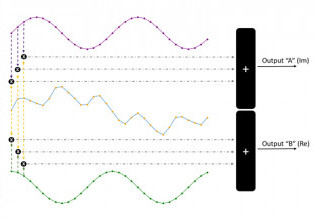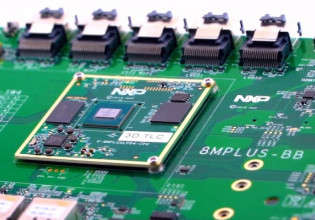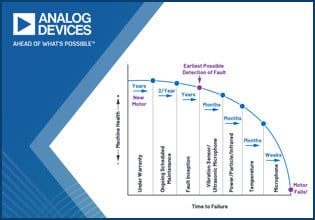Are Microsoft’s underwater data centers the wave of the future or just a cool science project?
microsoft recently unveiled details aboutProject Natick, an experiment in which they tested the world’s first underwater data center off the coast of Central California, near San Luis Obispo. Their vessel, the Leona Philpot (Named after a character in the HALO series) spent August through November of 2015 underwater to test the feasibility of housing data underwater. The Leona Philpot was outfitted with over 100 sensors to see how the vessel handled the harsh conditions of the sea floor.
The Project Natick team’s vessel held together for the 3 months it spent on the seafloor, but the team has a lot of work ahead of them if they want to reach their goal of a 5-year deployment. Since these data centers will be underwater, they have to be extracted and brought back to land for repairs. Five years is a long time for the Leona Philpot’s 300 computers to go without maintenance, and will be even longer when Microsoft begins testing larger models to house more computers. Microsoft’s goal for phase 2 of the project is to make a container that is 4 times larger that houses 20 times more computing power.
微软制作了Natick Project的漂亮视频
Whether or not Microsoft can pull this off remains to be seen, but their goal of making energy efficient and environmentally friendly data centers is admirable. The idea for Project Natick began in 2013 when Sean James, a Microsoft employee who formerly served on a US Navy submarine submitted aThinkWeek纸张具有水下数据中心的想法,可以由海洋可再生能源提供动力。这些数据中心的制造时间也比传统数据中心要少得多,并且可以回收船只。诺姆·惠特克(Norm Whitaker)非常喜欢这个想法,以至于他决定建立一个团队来测试水下服务器的可行性,并于2014年底开始了Natick项目。
该项目面临着相当多的挑战和怀疑。关于其生存能力的主要关注点之一是水下潮汐发电机所采用的磨损。几家公司和国家已经投资了潮汐权,但没有一个商业上的可行性,而且他们的机器无法承受希望的条件。许多人认为海洋下的操作条件太苛刻了。
那些更愤世嫉俗的人纳蒂克只是一个宣传特技。毕竟,该项目使人们的思想远离了Microsoft 10,而环保机器风靡一时。Natick Project的视频和覆盖范围有几个方便的Microsoft徽标位置,但是当今哪家公司再也不会接受这种品牌敞口呢?微软对这些水下数据中心的承诺既是无私又是自私的。制作节能,环保的机器是一个崇高的目标,但是如果他们能够实现这一点,它也可以节省大量资金。即使微软在该项目中的目标更加自私,也有很多动机让他们承诺尽可能地进行研究。
At leastAquaman会知道这是由Microsoft制造的
微软并不是唯一一个为数据中心提供替代冷却方法的公司。Facebookbuilt a data center in Lulea, Sweden that uses the freezing air from outside for cooling. It’s also powered by renewable hydroelectricity. These air-cooled data centers are not with their own problems, however. Since they can only be built in extremely cold weather climates, this forces the servers into a relatively small area of the world. Keeping them so far away from their users can lead to latency issues since the data has to travel further. Microsoft took the opposite approach, stating “50% of us live near the coast. Why doesn’t our data?透明
With the advent of technologies within the growing IoT industry, the demand for cloud storage will be ever increasing for the foreseeable future. By making data centers less expensive and environmentally friendly, Microsoft has a chance to make helpful technology accessible to more people than ever. Both of these alternative cooling methods have their challenges, but the commitment of companies like Microsoft and Facebook to explore them could lead to the next big breakthrough.









如何古朴 - 通过直接加热海洋来直接为全球变暖做出直接贡献的全新方式。谁应该为这十年中最愚蠢的IT发明提供奖项。我想这比将热量回收到某种形式的能量要容易得多……